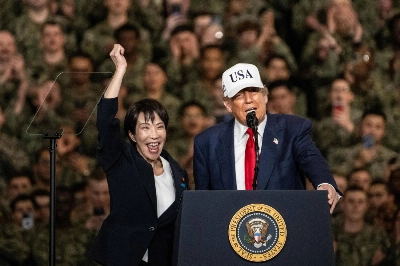War gaming is in. Rising tensions around the world — and the conflicts they have triggered — have obliged military establishments to scrutinize more intensely the prospect of specific contingencies and how they might be fought.
Every week, it seems, there is a report of a new crisis simulation that exposes some weakness in defense planning or preparation. (War gaming, a term used here to include modeling, simulations and tabletop exercises, has been embraced by businesses too, but that is a story for another day.)
The maturation of artificial intelligence and the creation of large learning models (LLMs) have driven the war-gaming industry — and it is an industry — to new heights of fever and frenzy. The prospect of an intelligence capable of assessing far more scenarios at unfathomable speed is not just seductive, but is the realization of the dreams of security analysts from the darkest days of the Cold War, when the wizards of Armageddon contemplated a world reduced to mathematical probabilities, stripped of the vagaries, uncertainties and unknowns introduced by human imperfection and frailty.


















With your current subscription plan you can comment on stories. However, before writing your first comment, please create a display name in the Profile section of your subscriber account page.